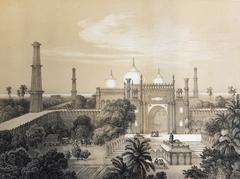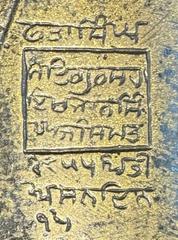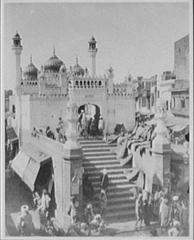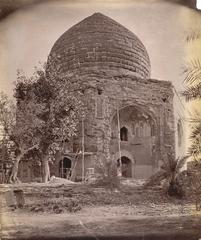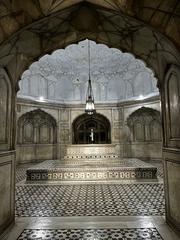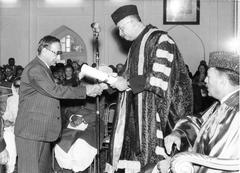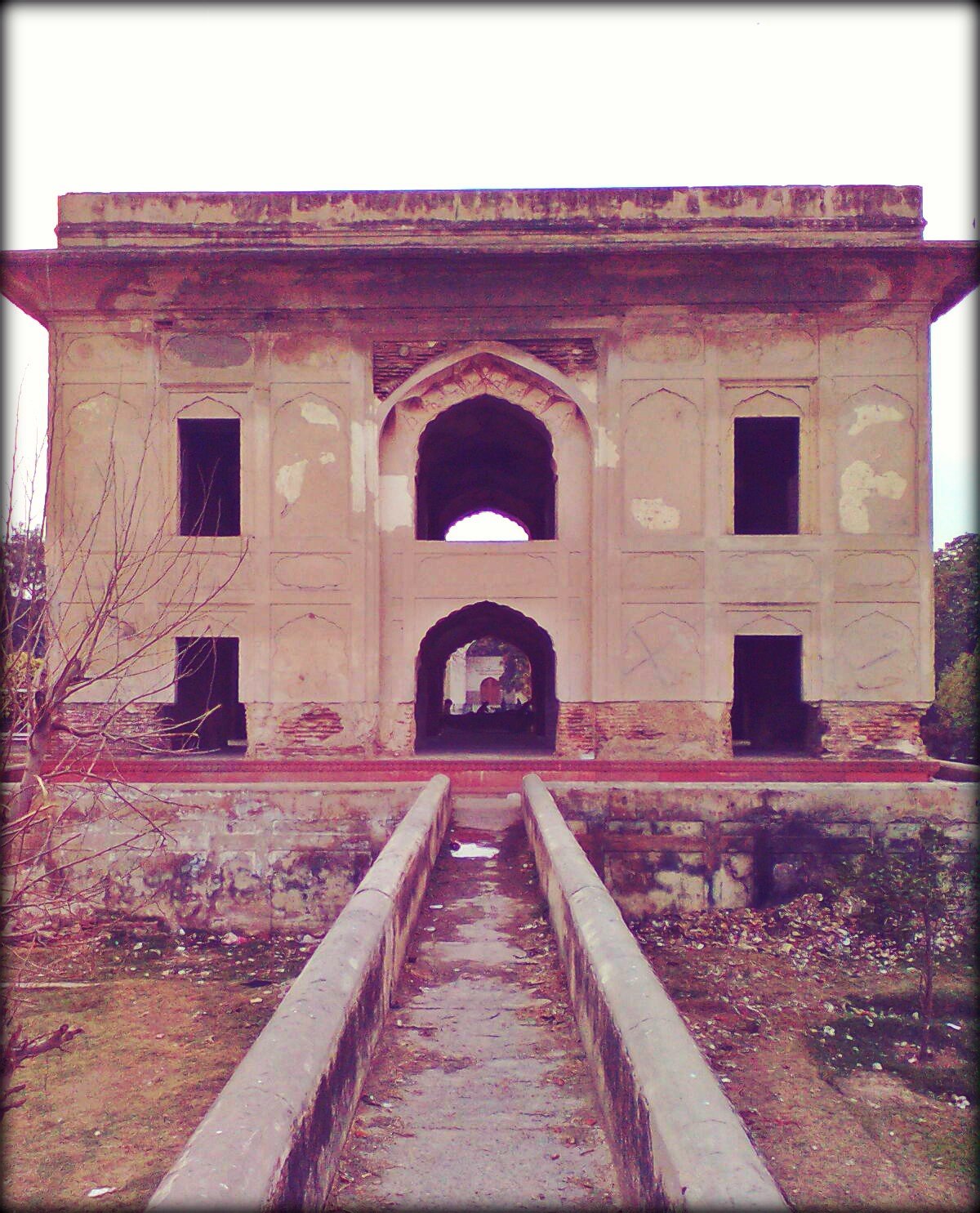
Comprehensive Guide to Visiting the Tomb of Nadira Begum, Lahore, Pakistan
Publishing Date: 24/07/2024
Introduction
Discover the Tomb of Nadira Begum, an architectural marvel from the Mughal era located in Lahore, Pakistan. This historical site offers a glimpse into the rich cultural and spiritual heritage of the Mughal dynasty. Constructed in 1698, the tomb stands as a poignant reminder of the past, reflecting the architectural prowess and cultural richness of the Mughal dynasty. Nadira Begum, the wife of Prince Dara Shikoh, was a significant figure in Mughal history. Her tomb is located near the shrine of Mian Mir, a revered Sufi saint, symbolizing their spiritual inclinations (Cene.pk). This guide will provide you with all the information you need to make the most of your visit, from historical insights to practical travel tips.
Table of Contents
- Introduction
- Historical Background
- Visitor Information and Travel Tips
- Special Events and Guided Tours
- FAQ
- Conclusion
Historical Background
Origins and Construction
The Tomb of Nadira Begum, located in Lahore, Pakistan, is a significant monument from the Mughal era. Constructed in 1698, this tomb is a testament to the architectural prowess and cultural richness of the Mughal dynasty. Nadira Begum was the wife of Prince Dara Shikoh, the eldest son of Emperor Shah Jahan, who is renowned for commissioning the Taj Mahal. The tomb was built near the shrine of Mian Mir, a revered Sufi saint, reflecting the spiritual inclinations of the princely couple (Cene.pk).
Nadira Begum and Dara Shikoh
Nadira Begum, born in 1618, was the granddaughter of Mughal Emperors Akbar and Jehangir. She was raised in Agra after the death of her parents, where she developed a deep appreciation for art and literature. This shared interest in cultural pursuits brought her close to Dara Shikoh, a poet and painter himself. Dara Shikoh served as the governor of Lahore in the 1640s, and during this period, he and Nadira Begum formed a strong bond with Mian Mir, whom they considered their spiritual guide (Youlin Magazine).
The Tragic End
The historical context of Nadira Begum’s death is intertwined with the Mughal succession wars. In 1659, Dara Shikoh was embroiled in a battle for the Mughal throne against his brother Aurangzeb. After Dara’s defeat at the Battle of Deorai, he and Nadira Begum attempted to flee to Iran through the Bolan Pass. Unfortunately, Nadira succumbed to dysentery and exhaustion during this arduous journey. Despite his depleted forces, Dara Shikoh ensured that Nadira’s body was transported back to Lahore for burial near Mian Mir’s shrine (Wikipedia).
Architectural Features
The tomb of Nadira Begum is unique in its architectural design. Unlike typical Mughal tombs, which are usually surrounded by gardens, Nadira Begum’s tomb was originally built amidst a large water tank. This tank, measuring 200 by 200 Mughal gaz, created the illusion of the tomb floating on water. The structure itself is a two-storied baradari (twelve-door pavilion) with arched gateways on each side. The façade, once adorned with glazed tiles and precious stones, now bears a featureless appearance due to historical plundering (Pak Heritage).
Historical Plundering and Vandalism
The tomb has suffered significant damage over the centuries. During the rule of Ranjit Singh, the structure was desecrated, and many of its precious stones were removed. The British colonial period also saw the dismantling of the surrounding water tank, with the bricks repurposed for constructing the cantonment. Contemporary vandalism has further marred the tomb, with graffiti defacing its walls. Despite being declared a protected site in 1956, efforts to preserve the tomb have been minimal (Everything Explained Today).
Cultural and Spiritual Significance
The tomb’s location near the shrine of Mian Mir adds a layer of spiritual significance. Mian Mir was a prominent Sufi saint, and his shrine attracts numerous devotees. The proximity of Nadira Begum’s tomb to this shrine underscores the spiritual connection the princely couple had with Mian Mir. This spiritual association is evident in the tomb’s design and its placement within the cultural landscape of Lahore (Make Heritage Fun).
Current State and Preservation Efforts
Today, the tomb of Nadira Begum stands as a poignant reminder of the Mughal era’s architectural and cultural heritage. However, it is in a state of neglect and disrepair. Encroachments have eaten away much of the original area, and the once-grand water tank has been reduced to a mere memory. The interior and exterior decorations, including the famous Ghalib Kari and geometric patterns, have largely disappeared, leaving only traces of their former glory (Youlin Magazine).
Urban Encroachments and Future Prospects
The tomb is now surrounded by dense urban housing on two sides, with a road and a narrow street on the other two sides. This compact urban fabric disrupts the vistas around the tomb, diminishing its historical ambiance. The site is also used as a public space, which has led to further degradation. There is an urgent need for restoration and preservation efforts to safeguard this heritage site for future generations. Implementing a code of ethics and security measures could help maintain the tomb’s historical significance and allow people to appreciate this architectural marvel (Make Heritage Fun).
Visitor Information and Travel Tips
Visiting Hours
The Tomb of Nadira Begum is open to visitors daily from 9:00 AM to 5:00 PM.
Ticket Prices
- Adults: 200 PKR
- Children (under 12): 100 PKR
- Students (with valid ID): 150 PKR
How to Get There
The tomb is located near the shrine of Mian Mir in Lahore. The best way to reach the site is by hiring a taxi or using a rideshare service. Public transportation options are also available, with several bus routes passing near the area.
Nearby Attractions
- Shrine of Mian Mir: Located adjacent to the tomb, this Sufi shrine is a must-visit for spiritual seekers.
- Lahore Fort: A UNESCO World Heritage site, the fort is a short drive from the tomb and offers a deeper dive into Mughal history.
- Shalimar Gardens: Another Mughal-era marvel, these gardens are perfect for a leisurely stroll.
Accessibility
The tomb is partially accessible to visitors with mobility issues. While the main pathways are navigable, some areas may require assistance. It is advisable to contact the site management in advance for specific accessibility information.
Special Events and Guided Tours
Special Events
Occasional cultural and historical events are held at the Tomb of Nadira Begum, especially during significant Mughal anniversaries. Check the official website or local listings for upcoming events.
Guided Tours
Guided tours are available and highly recommended for a comprehensive understanding of the site’s history and architectural features. Tours can be booked in advance through the official website or at the site entrance.
FAQ
What are the visiting hours for the Tomb of Nadira Begum? The tomb is open daily from 9:00 AM to 5:00 PM.
How much do tickets cost?
- Adults: 200 PKR
- Children (under 12): 100 PKR
- Students (with valid ID): 150 PKR
Is the site accessible to visitors with disabilities? The tomb is partially accessible. Contact the site management for detailed accessibility information.
Are guided tours available? Yes, guided tours can be booked in advance through the official website or at the site entrance.
What are some nearby attractions?
- Shrine of Mian Mir
- Lahore Fort
- Shalimar Gardens
Conclusion
The Tomb of Nadira Begum is more than just a historical monument; it is a symbol of the rich cultural and spiritual heritage of the Mughal era. Despite its current state of neglect, the tomb offers a unique glimpse into the past and stands as a testament to the architectural brilliance of its time. It’s imperative that we take steps to preserve this site for future generations. Whether you’re a history buff or a casual traveler, a visit to the Tomb of Nadira Begum is a journey through time that you won’t soon forget (Youlin Magazine).


